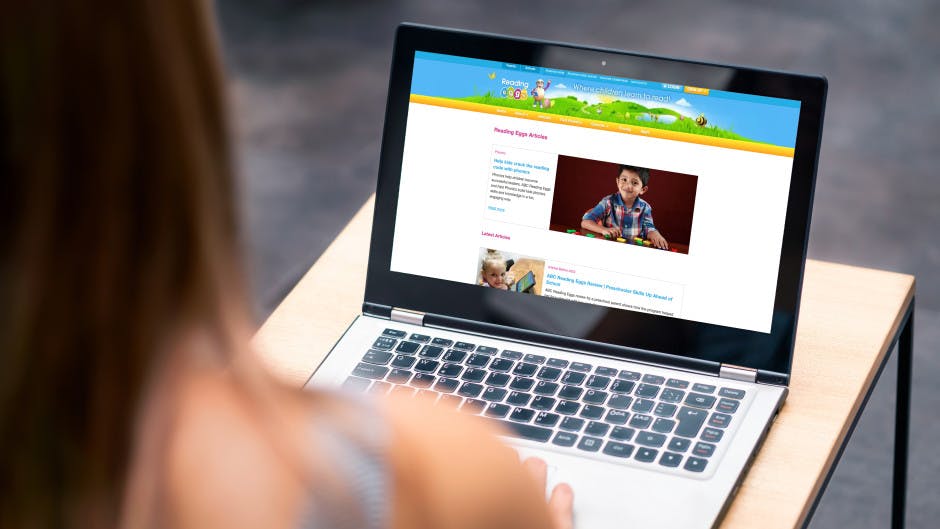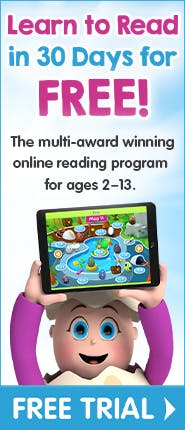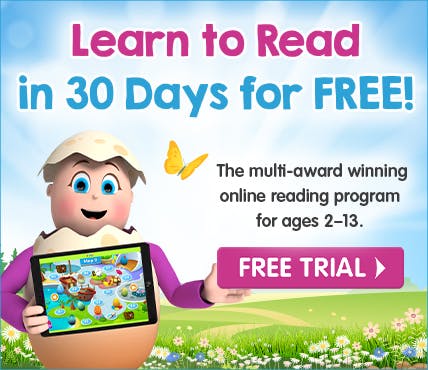


How to Teach Reading - Top 5 Tips

1. Read aloud with your child
Knowing what a fluent reader sounds like is critical for a child to advance their reading towards fluency. By reading aloud to your child you can give them a vocal model of fluent reading of which they can try and emulate. Making sure to keep rhythm with what’s written on the page, pause for full stops and commas, emphasise exclamation points, modulate your tone and inflection to reflect a character's voice or the general mood of a story are all things you need to keep in mind when reading to your child.
2. Make learning to read fun
Children learn most effectively when they are fully engaged and enjoying the learning experience, therefore it’s important that you try and make learning to read as enjoyable as possible for your child. Learning to read doesn’t always have to be about sitting down and reading books. You can teach your child to read while doing everyday activities, for example, cooking can give you and your child ample opportunity to practise and learn literacy skills – from writing the shopping list, to shopping for ingredients (reading the labels in the supermarket), to reading the instructions on the package or in the cookbook. These kinds of activities can help your child understand that reading has many everyday applications apart from just those associated with books.
3. Develop comprehension skills
The ability to read for meaning is the end goal of learning to read. If your child is not yet fluent, you can start developing their comprehension skills by asking simple questions like “What is the main character’s name”, “Where is the story set” and other similar questions. This will not only help them reflect on the story and therefore gain more understanding of it, their answers to these questions will also help you ascertain how much they understand of the story. For more advanced readers, questions about the intentions of characters or what your child thought of the story in general can help further understanding.
4. Develop writing skills
Learning to read and write at the same time is mutually beneficial to a child, and learning to write will inevitably lead to learning to spell. To start your child off in the right direction you can do things like have magnetic letters on the fridge that they can use to spell out words, or hang new words on the wall or on a whiteboard where they will see them every day. Committing all the letters of the alphabet and new words to memory will provide the fundamental knowledge a child needs to be able to write themselves. To develop motor skills required for writing, dot-to-dots of letters or words can help accustom them to the motion of writing and build familiarity with letter shapes.
5. Supplement school learning with a reading programme
Your child can prepare themselves for school or continue learning once home for school by using an online reading programme. Reading Eggs provides online lessons and activities that are game-like in nature, infusing play with learning to keep children keen to learn. Developed by primary educators with over 25 year’s experience, Reading Eggs lessons instruct children in the five areas crucial to literacy development – phonemic awareness, phonics, vocabulary, fluency and comprehension.
Testimonials
I am very impressed with your wonderful programme. Each activity is clearly explained to the children. It is fun and fast moving and also provides a variety of follow-up activities.”
- Andrea Reeson, Wingham Brush Public
My preschooler LOVES Reading Eggs. She considers it a treat to get to play. She has made it through 2 levels so far and just keeps truckin’. This is much more comprehensive and child-friendly than any other software or site we have used to date. I just wish this had been around when my older son was learning to read. I have recommended this programme to several of my friends and plan to use it well into the future.”
- Jacqueline Chappell


